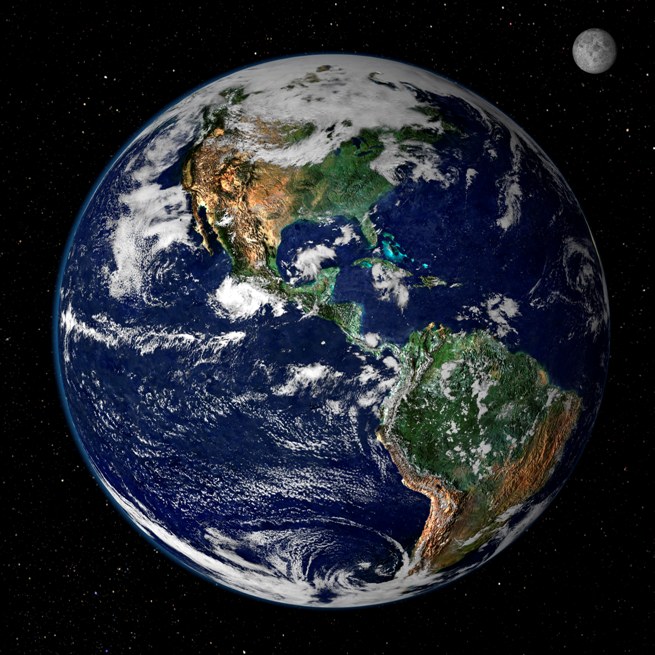In 1415, Portuguese adventurers took Ceuta on the north African coast and turned it into a trading depot. Then pushed southwest into the Atlantic, occupying Madeira, Cape Verde and the Azores, turning them into colonies.
In Europe, the slave system had been extinguished by the rise of Christian society.
In the 1440s, exploring the African coast from their acquired islands, the Portuguese rediscovered slavery as a working commercial institution. Slavery had always existed in Africa, where was operated extensively by local rulers with the assistance of Arab traders. Slaves were captives, outsiders, people who had lost tribal status, exchangeable commodities, a form of currency.
The Portuguese entered the slave trade in the mid 15th century and took it over. Madeira became the center of sugar industry, which made itself the largest supplier for western Europe. The first sugar mill worked by slaves was erected in Madeira in 1452. This industry was so successful that the Portuguese began laying out fields for sugarcane on the Biafran Islands off the African coast. An island off Cap Blanco in Mauretania became a slave depot. Several hundred slaves a year were shipped to Lisbon. As the sugar industry expanded, slaves began to be numbered in thousands. By 1550, 50,000 African slaves had been imported into São Tomé, which became a slave entrepôt. These profitable activities were conducted, under the aegis of the Portuguese crown, by a mixed collection of Christians from all over Europe, Spanish, Normans, Flemish, Portuguese and Italians.
Mated with whatever woman could find. Their mixed progeny, mulattos, proved less susceptible than pure bred Europeans to yellow fever and malaria. Neither Europeans nor mulattos could live on the African coast but multiplied in the Cape Verde Islands, 300 miles off the West African coast. Ran the European end of the slave trade as Arabs ran the African end.
The slaves were overwhelmingly males, employed in large scale agriculture and mining. The Portuguese sold African slaves to the Spanish, who, following the example in Madeira, occupied the Canaries and grew cane and mill sugar.
In moving out into the Atlantic islands, the Portuguese discovered the basic meteorological fact about the North Atlantic. There were strong currents running clockwise, especially in summer. Are assisted by northeast trade winds in the south, westerlies in the north. Seafarers went out in a southwest direction and returned in a northeasterly one.
